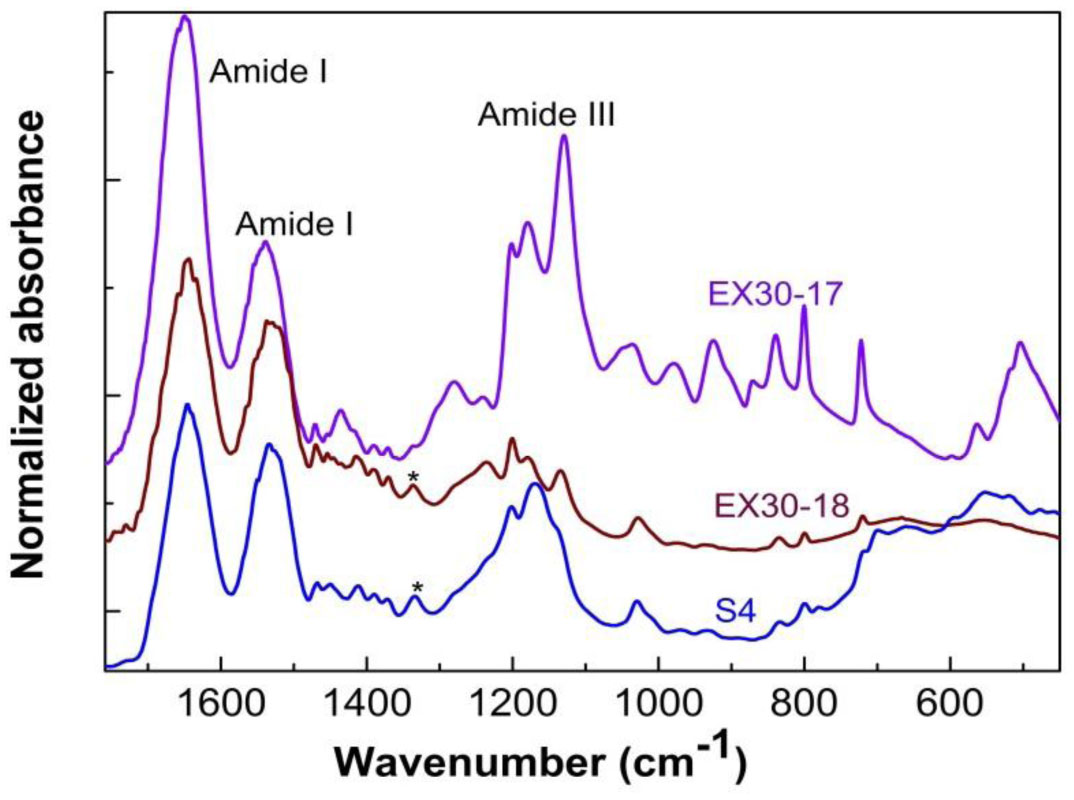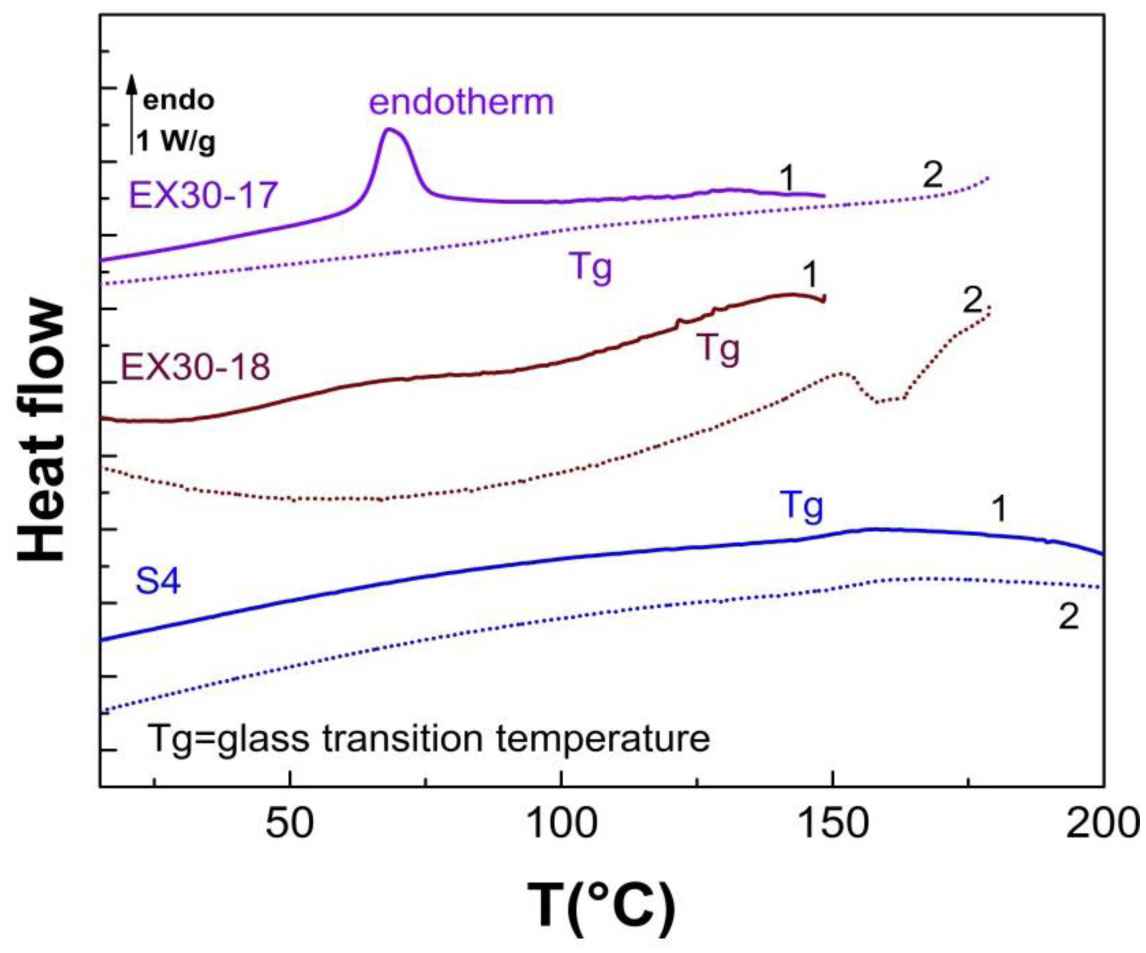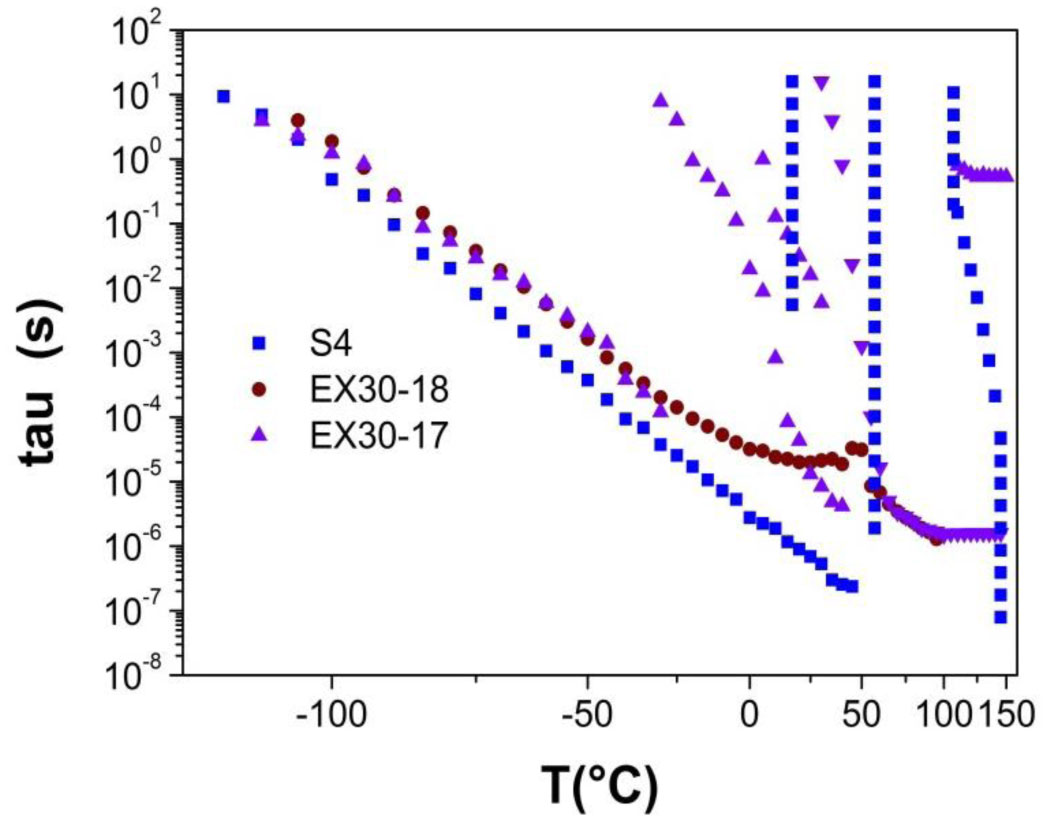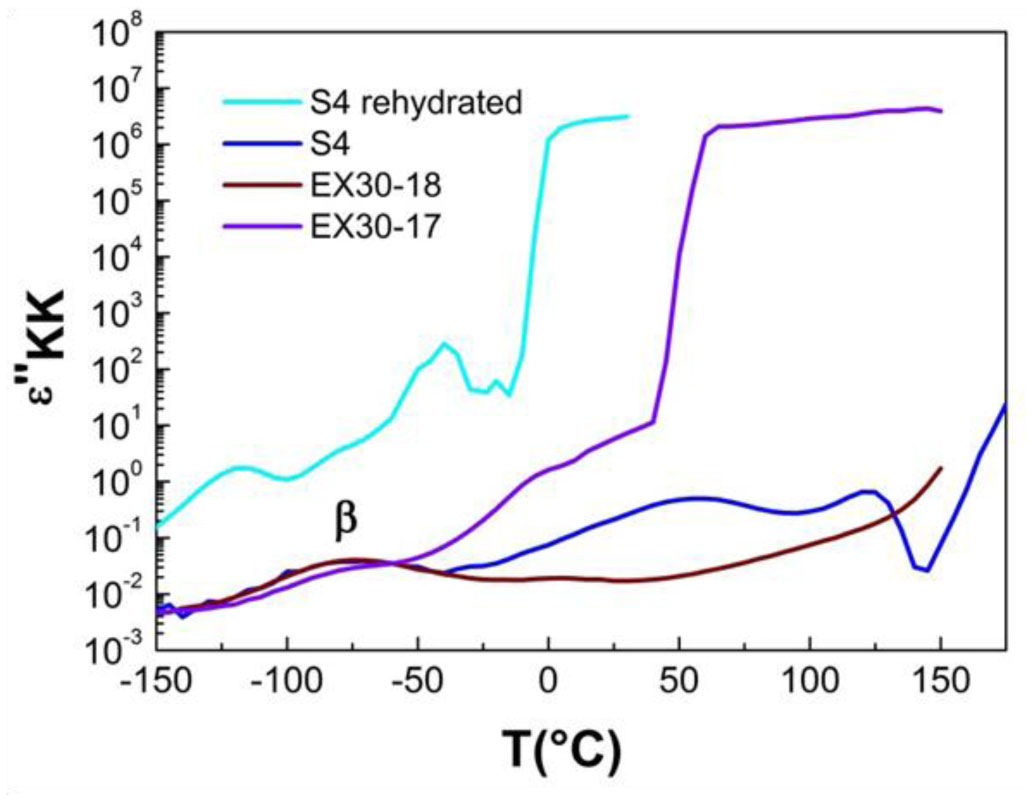1.
Introduction
At Wisconsin university, Ulam raised a question about the stability of functional equations in the year 1940. The question of Ulam was: Under what conditions does there exist an additive mapping near an approximately additive mapping [28]? In 1941, Hyers was the first mathematician who gave partial answer to Ulam's question [11], over Banach space. Afterwards, stability of such form is known as Ulam-Hyers stability. In 1978, Rassias [18], provided a remarkable generalization of the Ulam-Hyers stability of mappings by considering variables. For more information about the topic, we refer the reader to [21,25,26,29,39,40,42].
Fractional Langevin differential equations have been one of the important subject in physics, chemistry and electrical engineering. The Langevin equation (first formulated by Langevin in 1908) is found to be an effective tool to describe the evolution of physical phenomena in fluctuating environments. For instance, Brownian motion is well described by the Langevin equation when the random fluctuation force is assumed to be white noise. In case the random fluctuation force is not white noise, the motion of the particle is described by the generalized Langevin equation. For systems in complex media, ordinary Langevin equation does not provide the correct description of the dynamics. Various generalizations of Langevin equations have been proposed to describe dynamical processes in a fractal medium. One such generalization is the generalized Langevin equation which incorporates the fractal and memory properties with a dissipative memory kernel into the Langevin equation. Another possible extension requires the replacement of ordinary derivative by a fractional derivative in the Langevin equation to give the fractional Langevin equation. For more details, see [2,10,15,16,19,33,34,35].
Fractional order differential equations are the generalizations of the classical integer order differential equations. Fractional calculus has become a speedily developing area and its applications can be found in diverse fields ranging from physical sciences, porous media, electrochemistry, economics, electromagnetics, medicine and engineering to biological sciences. Progressively, fractional differential equations play a very important role in fields such as thermodynamics, statistical physics, nonlinear oscillation of earthquakes, viscoelasticity, defence, optics, control, signal processing, electrical circuits, astronomy etc. There are some outstanding articles which provide the main theoretical tools for the qualitative analysis of this research field, and at the same time, shows the interconnection as well as the distinction between integral models, classical and fractional differential equations, see [1,12,17,20,23,27,32].
Impulsive fractional differential equations are used to describe both physical, social sciences and many dynamical systems such as evolution processes pharmacotherpy. There are two types of impulsive fractional differential equations the first one is instantaneous impulsive fractional differential equations while the other one is non-instantaneous impulsive fractional differential equations. In last few decades, the theory of impulsive fractional differential equations are well utilized in medicine, mechanical engineering, ecology, biology and astronomy etc. see [3,8,13,24,30,36,38,41].
Recently, many mathematicians received a considerable attention to the existence, uniqueness and different types of Hyres-Ulam stability of the solutions of nonlinear implicit fractional differential equations with Caputo fractional derivative, see [5,7,22,26].
Wang et al. [31], studied generalized Ulam-Hyers-Rassias stability of the following fractional differential equation:
Zada et al. [37], studied existence and uniqueness of solutions by using Diaz Margolis's fixed point theorem and presented different types of Ulam-Hyers stability for a class of nonlinear implicit fractional differential equation with non-instantaneous integral impulses and nonlinear integral boundary conditions:
In recent years, many researchers paid much attention to the coupled system of fractional differential equations due to its applications in different fields [3,6,32].
Ali et al. [4], studied the existence, uniqueness of solutions by using using the classical fixed point theorems such as Banach contraction principle and Leray-Schauder of cone type and presented various kinds of Ulam stability including Ulam-Hyers stability, generalized Ulam-Hyers stability, Ulam-Hyers-Rassias stability and generalized Ulam-Hyers-Rassias stability of the solutions to a nonlinear coupled systems of implicit fractional differential equations involving Caputo derivative of the form:
In this paper, we study switched coupled system of nonlinear impulsive Langevin equations with mixed derivatives of the form:
where cDν0,w and cDμ0,w represents classical Caputo derivative [12], of order ν and μ respectively with the lower bound zero, 0=w0<s0<w1<s1<⋯<wm<sm=T, T is the pre–fixed number and λ1,λ2∈R∖{0}, 0<ν<1, p1,p2>0, u0,v0 are constants, f1,f2:[0,T]×R×R→R is continuous and gk:[sk−1,wk]×R→R is continuous for all k=1,2,…,m.
In the second section of this paper, we create a uniform framework to originate appropriate formula of solutions for our proposed model. In section 3, we implement the concept of generalized Ulam-Hyers-Rassias stability of Eq (1.1). Finally, we give an example which supports our main result.
2.
Preliminaries
Let J=[0,T] and C(J,R) be the space of all continuous functions from J to R, and the piecewise continuous function space PC(J,R)={z:J→R:z∈C((wk,wk−1],R),k=0,…,m and there exist z(w−k) and z(w+k), k=1,2,…,m with z(w−k)=z(wk)}.
In the current section, we create a uniform framework to originate appropriate formula for the solution of impulsive fractional differential equation of the form:
We recall some definitions of fractional calculus from [12] as follows:
Definition 2.1. The fractional integral of order ν from 0 to w for the function f is defined by
where Γ(⋅) is the Gamma function.
Definition 2.2. The Riemman-Liouville fractional derivative of fractional order ν from 0 to w for a function f can be written as
where Γ(⋅) is the Gamma function.
Definition 2.3. The Caputo derivative of fractional order ν from 0 to w for a function f can be defined as
Definition 2.4. The general form of classical Caputo derivative of order ν of a function f can be given as
Remark 2.5. (i) If f(⋅)∈Cm([0,∞),R), then
(ii) In Definition 2.4, the integrable function f can be discontinuous function. This fact can support us to consider impulsive fractional problems in the sequel.
Definition 2.6. The Hilfer fractional derivative of order 0<α<1 and 0≤γ≤1 of function f(x) is
The Hilfer fractional derivative is used as an interpolator between the Riemman-Liouville and Caputo derivative.
Remark 2.7. (a) Operator Dα,γ also can be written as
(b) If γ=0, then Dα,γ=Dα,0 is called the Riemman-Liouville fractional derivative.
(c) If γ=1, then Dα,γ=I1−αD is called the Caputo fractional derivative.
Lemma 2.8. [12] The fractional differential equation cDαf(x)=0 with α>0, involving Caputo differential operator cDα have a solution in the following form:
where ck∈R, k=0,1,…,m−1 and m=[α]+1.
Lemma 2.9. [17] Let α>0 and γ>0, f∈L1([a,b]).
Lemma 2.10. [24] The function u∈PC(J,R) is a solution of (2.1) if and only if
where
In view of Lemma 2.10 the solution form of proposed system (1.1) is given by
3.
Generalized Ulam-Hyers-Rassias stability concept
By the ideas of stability in [25,29], we can generate a generalized Ulam-Hyers-Rassias stability concept for Eq (1.1).
Definition 3.1. Equation (1.1) is generalized Ulam-Hyers-Rassias stable with respect to (φu,φv,ψ) if there exists Cu,Cv>0 such that for each solution (u,v)∈PC(J,R)×PC(J,R) of inequality (3.1) there is a solution (u0,v0)∈PC(J,R)×PC(J,R) of Eq (1.1) with
Remark 3.2. A function u,v∈PC(J,R) is a solution of the inequality (3.1) if and only if there is G∈PC(J,R) and a sequence Gk, k=1,2,…,m (which depends on z) such that
(i) |G(w)|≤φ(w), w∈J and |Gk|≤ψ,k=1,2,…,m,
(ii) cDν0,w(D+λ1)u(w)=f1(w,v(w),u(w))+G(w), w∈(wk,sk],k=0,1,…,m,
(iii) cDμ0,w(D+λ2)v(w)=f2(w,u(w),v(w))+G(w), w∈(wk,sk],k=0,1,…,m,
(iv) u(w)=Nk1gk(w,u(w))+Gk, w∈(sk−1,wk],k=1,2, …,m.
Remark 3.3. (1) If u∈PC(J,R) is a solution of the inequality (3.1) then u is a solution of the following integral inequality,
In fact by Remark 3.2, we get
Clearly, the solution of Eq (3.5) is given by
For w∈(wk,sk],k=0,1,…,m, we get
Proceeding the above, we derive that
and
Similarly
(2) If v∈PC(J,R) is a solution of the inequality (3.1) then v is a solution of the following integral inequality,
In fact by Remark 3.2, we get
Clearly, the solution of Eq (3.5) is given by
For w∈(wk,sk],k=0,1,…,m, we get
Proceeding the above, we derive that
and
4.
Main results via fixed point methods
In order to apply a fixed point theorem of the alternative, for contractions on a generalized complete metric space to achieve our main result, we want to collect the following realities.
Definition 4.1. For a non empty set V, a function d:V×V→[0,∞] is called a generalized metric on V if and only if d satisfies:
⋄ d(υ1,υ2)=0 if and only if υ1=υ2;
⋄ d(υ1,υ2)=d(υ2,υ1) for all υ1,υ2∈V;
⋄ d(υ1,υ3)≤d(υ1,υ2)+d(υ2,υ3) for all υ1,υ2,υ3∈V.
Lemma 4.2. (see [9] (Generalized Diaz-Margolis's fixed point theorem)). Let (V,d) be a generalized complete metric space. Assume that T:V→V is a strictly contractive operator with the Lipschitz constant L<1. If there exists a k≥0 such that d(Tk+1v,Tkv)<∞ for some v in V, then the followings statements are true:
(B1) The sequence {Tnv} converges to a fixed point v∗ of T;
(B2) The unique fixed point of T is v∗∈V∗={u∈Vsuch thatd(Tkv,u)<∞};
(B3) u∈V∗, then d(u,v∗)≤11−Ld(Tu,u).
We introduced some assumptions as follows:
(H1) f∈C(J×R,R).
(H2) ● There exists positive constants 0<Lfu1<1 and 0<Lfu2<1, such that |f1(w,u,m)−f1(w,v,n)|≤Lfu1|u−v|+Lfu2|m−n|, for each w∈J and all u,v,m,n∈R.
● There exists positive constants 0<Lfv1<1 and 0<Lfv2<1, such that |f2(w,u,m)−f2(w,v,n)|≤Lfv1|u−v|+Lfv2|m−n|, for each w∈J and all u,v,m,n∈R.
(H3) ● gk∈C((sk−1,wk]×R,R) and there are positive constant Lgk1, k=1,2,…,m such that |gk(w,v)−gk(w,v)|≤Lgk1|u−v|, for each w∈(sk−1,wk], and all u,v∈R.
● gk∈C((sk−1,wk]×R,R) and there are positive constant Lgk2, k=1,2,…,m such that |gk(w,v)−gk(w,v)|≤Lgk2|u−v|, for each w∈(sk−1,wk], and all u,v∈R.
(H4) ● Let φu∈C(J,R+) be a nondecreasing function, there exists cφ>0 such that
● Let φv∈C(J,R+) be a nondecreasing function, there exists cφ>0 such that
Theorem 4.3. Suppose that (H1)–(H4) are satisfied and also a function u,v∈PC(J,R) satisfies (3.1). Then there exists unique solutions u0,v0 of Eq (1.1) such that
similarly
and
for all w∈J, if 0<ν<1 and
where
Proof. Consider the space of piecewise continuous functions
endowed with the generalized metric on V, defined by
where
and
It is easy to verify that (V,d) is a complete generalized metric space [14].
Define an operator Λ:V→V by
for all u belongs to V and w∈J. Obviously, according to (H1), Λ is well defined operator.
Next we shall verify that Λ is strictly contractive on V. Note that according to definition of (V,d), for any μ,υ∈V, it is possible to find C1,C2∈[0,∞] such that
From the definition of Λ in Eq (4.6), (H2), (H3) and (4.7), we obtain that
Case 1: For w∈[0,s0],
where, we use the following notations for convenience
which further gives
similarly
Put (4.9) in (4.8), we obtain
On the similar way, we can obtain
Therefore from (4.10) and (4.11), we get the following result
Suppose that max{λ1,λ2}=λ, max{p1,p2}=p, max{A11,A22}=A and max{η1,η2}=η
Case 2: For w∈(sk−1,wk], we have
On the similar way, we can obtain
Therefore from (4.12) and (4.13), we get the result given as
Case 3: For w∈(wk,sk], and s∈(wk,sk],
that is,
On the similar way, we can obtain
Therefore from (4.14) and (4.15), we get the result given as
Suppose that max{λ1,λ2}=λ, max{p1,p2}=p, max{MK1,MK2}=MK, max{NK1,NK2}=NK max{Lgk1,Lgk2}=Lgk and max{η1,η2}=η
Also, for w∈(wk,sk], and s∈(sk−1,wk],
that is
On the similar way, we can obtain
Therefore from (4.16) and (4.17), we get the following result
Suppose that max{λ1,λ2}=λ, max{p1,p2}=p, max{MK1,MK2}=MK, max{NK1,NK2}=NK max{Lgk1,Lgk2}=Lgk and max{η1,η2}=η
From above, we have
that is,
Hence, we conclude that
for any (u,v),(ˉu,ˉv)∈V, since the condition (4.4) is strictly contraction property is shown.
Now we take (u0,v0)∈V. From the piecewise continuous property of (u0,v0) and Λ(u0,v0), it follows that there exists a constant 0<G1<∞, such that
There exists a constant 0<G2<∞, such that
where w∈(sk−1,wk], k=1,2,…,m.
Also we can find a constant 0<G3<∞, such that
Since f, (uk,vk) and (u0,v0) are bounded on J and (Cφ(φu(w)+φv(w))+Lgk(Cu+Cv)ψ)>0. Thus (4.5) implies that d(Λ(u0,v0),(u0,v0))<∞.
By using Banach fixed point theorem, there exists a continuous function u0,v0:J→R such that Λn(u0,v0)→(u0,v0) in (V,d) as n→∞ and Λ(u0,v0)=(u0,v0), that is, u0, v0 satisfies Eqs (4.1) and (4.2) for every w∈J.
Now we show that {u,v∈V such that d((u0,v0),(u0,v0))<∞}=V. For any u,v∈V, since u,v and u0,v0 are bounded on J and minw∈J(Cφ(φu(w)+φv(w))+Lgk(Cu+Cv)ψ)>0, there exists a constant 0<C(u,v)<∞ such that |(u0,v0)(w)−(u,v)(w)|≤C(u,v)(Cφ(φu(w)+φv(w))+Lgk(Cu+Cv)ψ), for any w∈J. Hence, we have d((u0,v0),(u,v))<∞ for all u,v∈V, that is {(u,v)∈V such that d((u0,v0),(u,v))<∞}=V. Thus, we determine that u,v are the unique continuous functions with the Eqs (4.1), and (4.2) respectively. From (3.2), (3.4) and (H4), we can write
Summarizing we have
This shows that (4.19) is true for w∈J.
Finally we give an example to illustrate our main result.
Example 4.4.
and
Let J=[0,3], μ=ν=12, p1=p2=p=43, η1=η2=η=14 and 0=w0<s0=1<w1=2<s1=τ=T=3. Denote f1(w,u(w))=f2(w,v(w))=|z(w)|8+ew+w2 with Lfu1=Lfu2==Lfv1=Lfv2=14 for w∈(0,1]∪(2,3] and gk(w,u(w))=u(w)(3+w2)(1+|u(w)|), gk(w,v(w))=v(w)(3+w2)(1+|v(w)|) with Lgk=1 for w∈(1,2]. Putting Łf=14, φu(w)=φv(w)=ew and Cφ=Cu=Cv=1, we have ∫w0I12esds≤ew and L1≈0.1012, L2≈0.9501, so L≈0.9501<1.
By Theorem 4.3, there exists a unique solution (u,v):[0,3]→R such that
putting maximum of w=wk=T=η=τ
Now putting the values, we get
Thus the problem (4.18) is Ulam-Hyers-Rassias stability.
5.
Conclusions
In this article, we considered switched coupled system of nonlinear impulsive Langevin equations with mixed derivatives and Some sufficient conditions are constructed to observe the existence, uniqueness and generalized Ulam-Hyers-Rassias stability. After introduction we built a uniform structure to originate a formula of solutions for our proposed model. We implemented the new concept of generalized Ulam-Hyers-Rassias stability to our proposed model, finally we solved a particular example for our proposed model.
Conflict of interest
The authors declare that they have no competing interest regarding this research work.




















 DownLoad:
DownLoad: